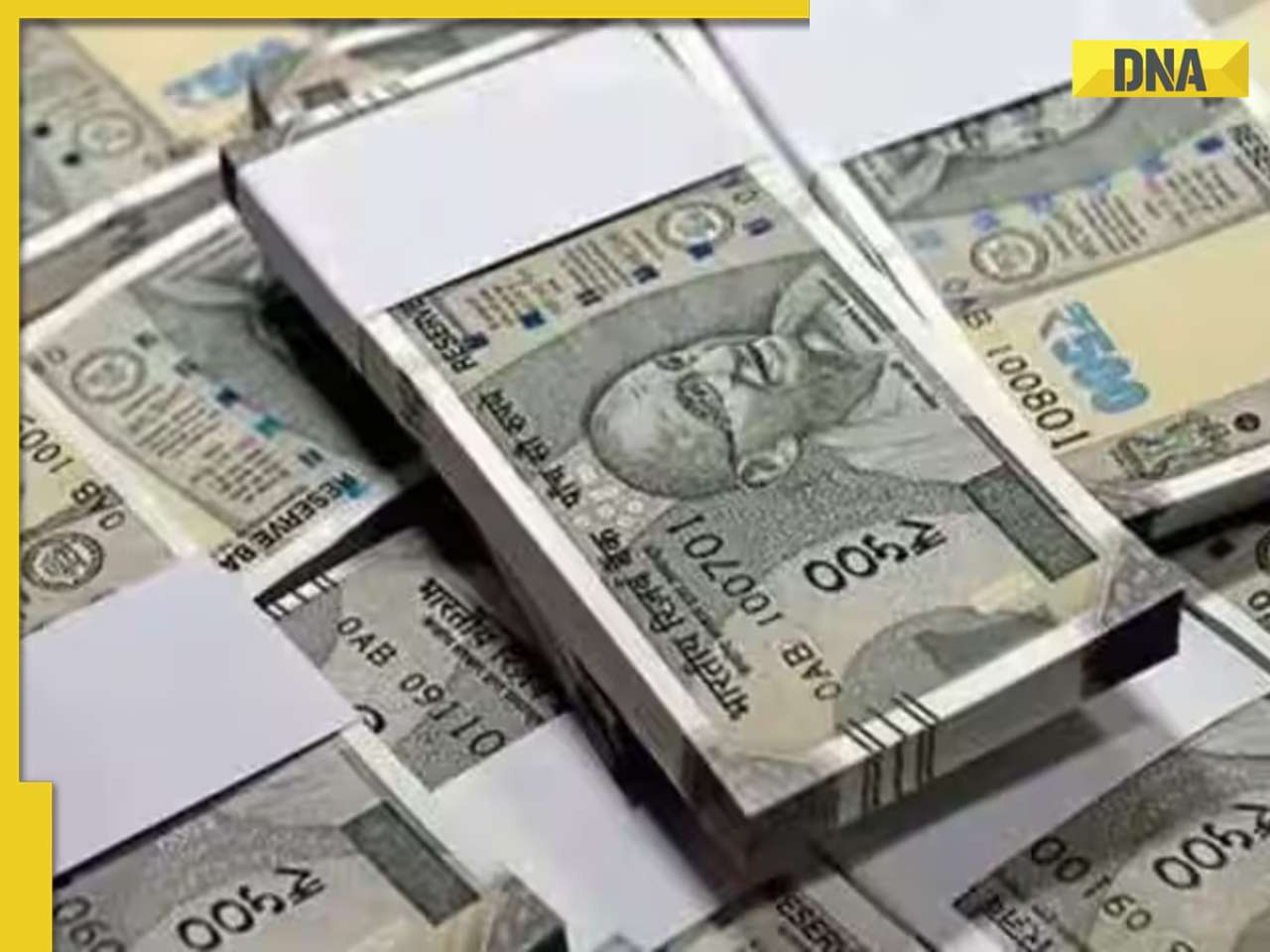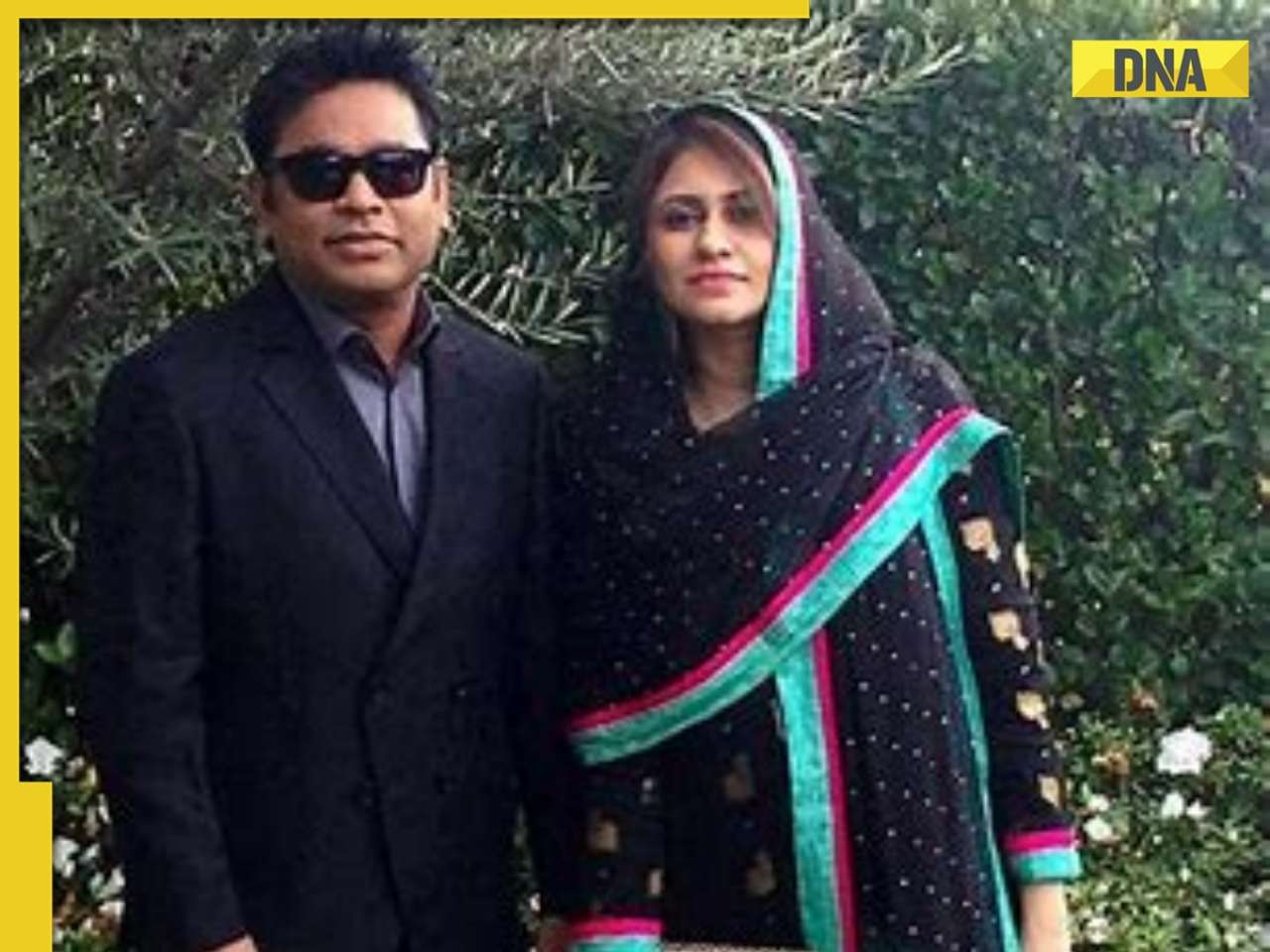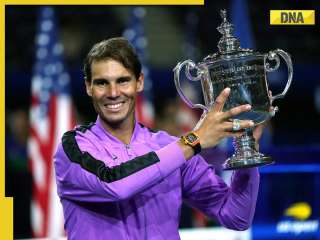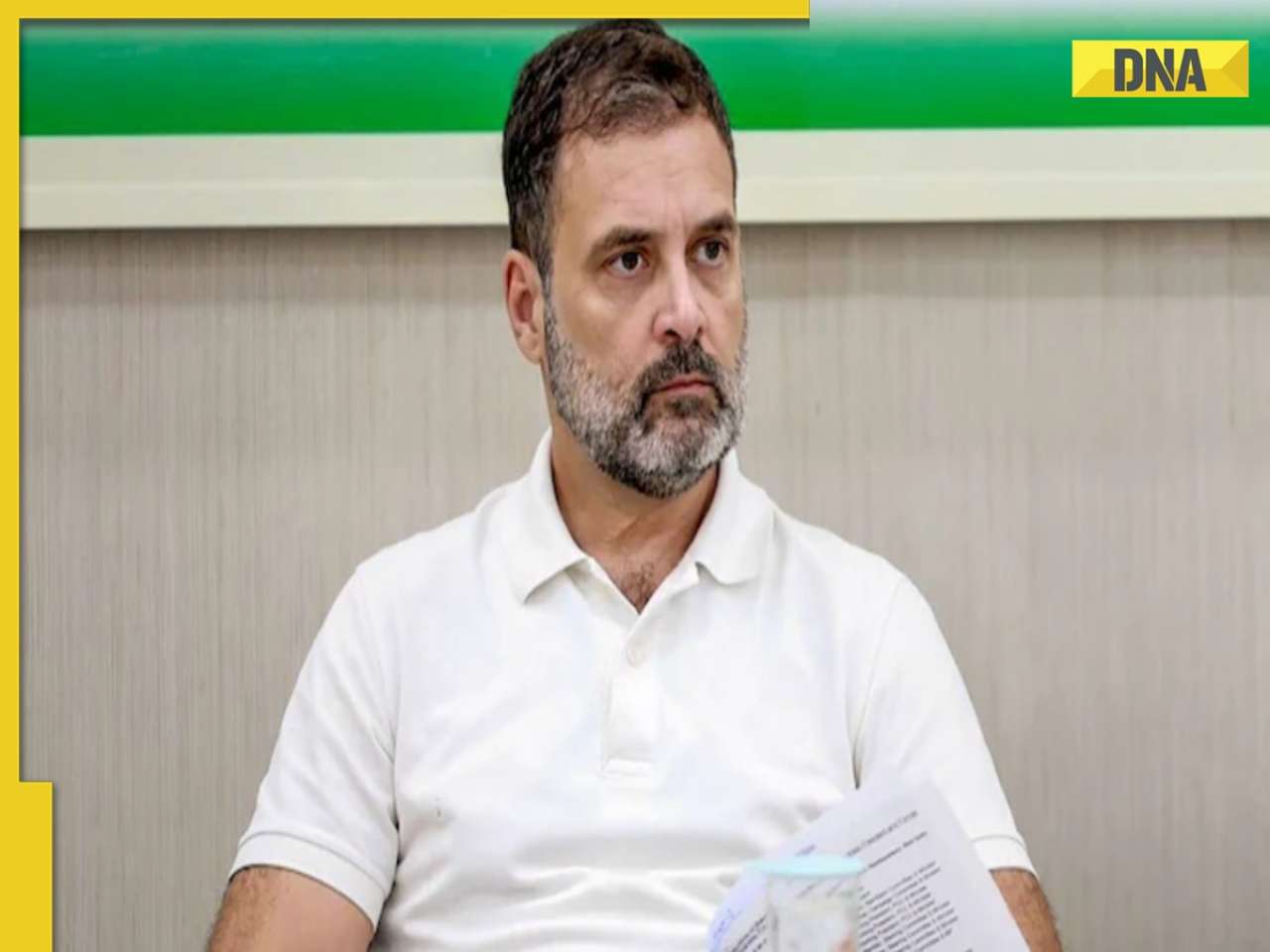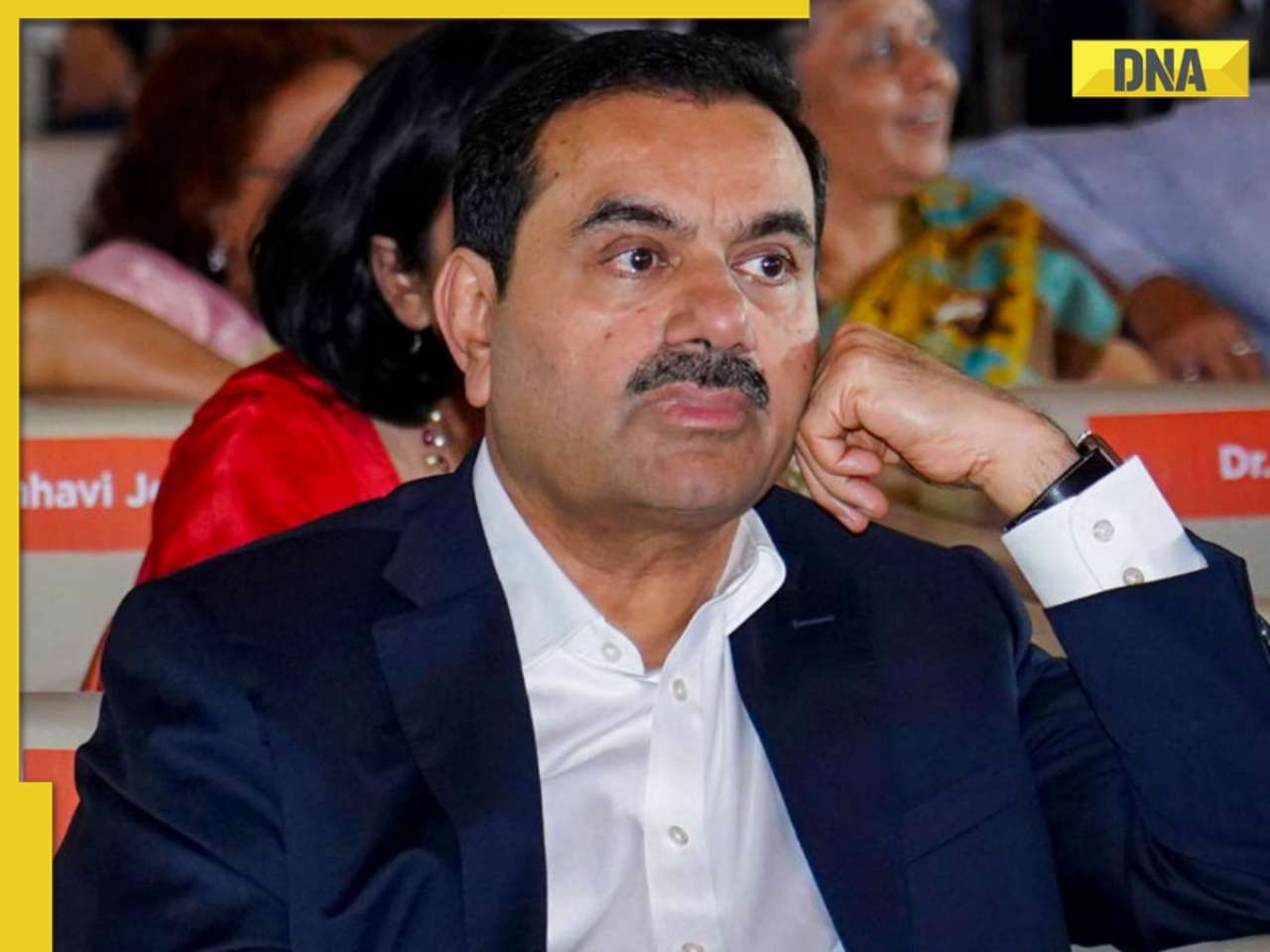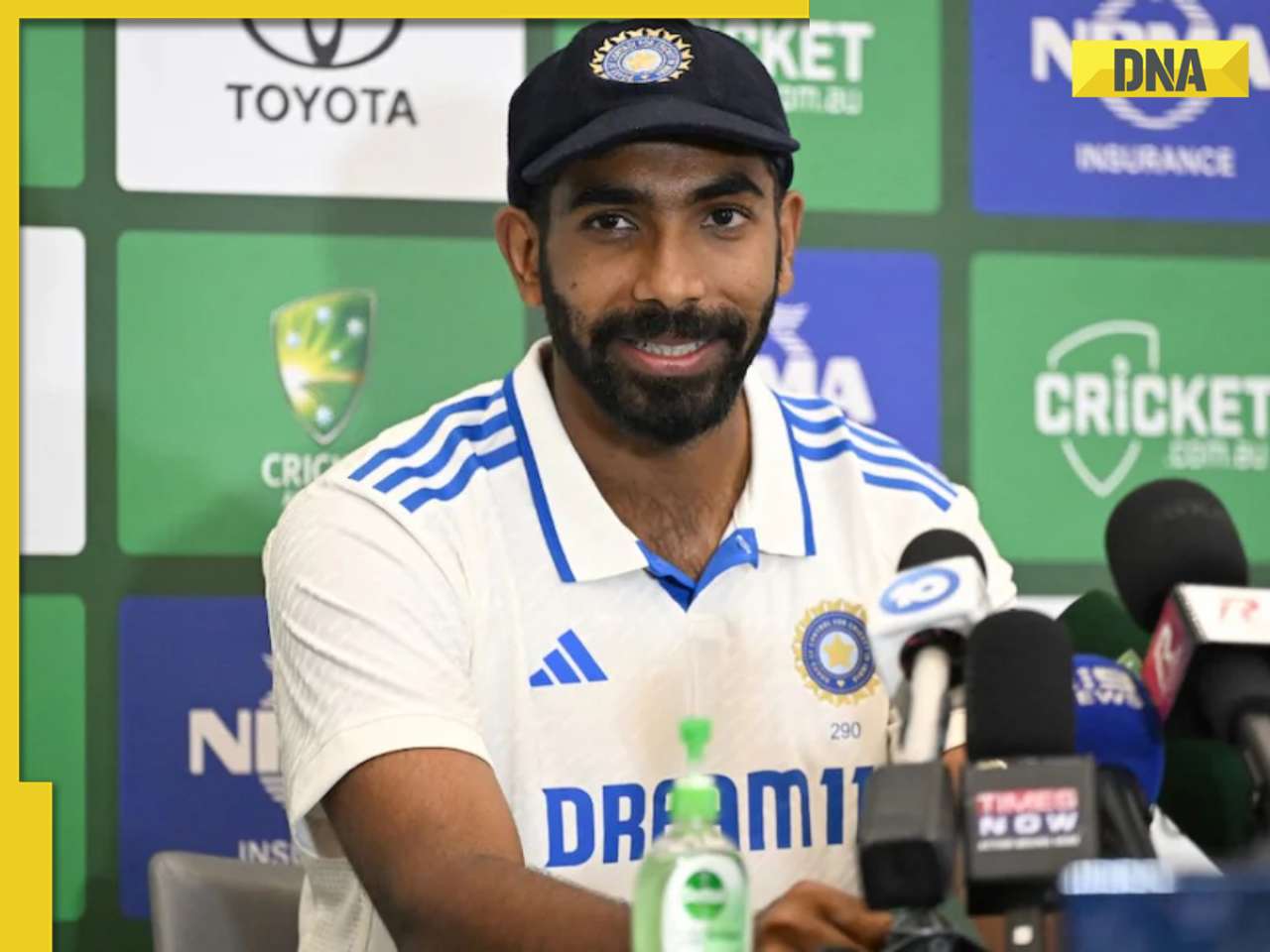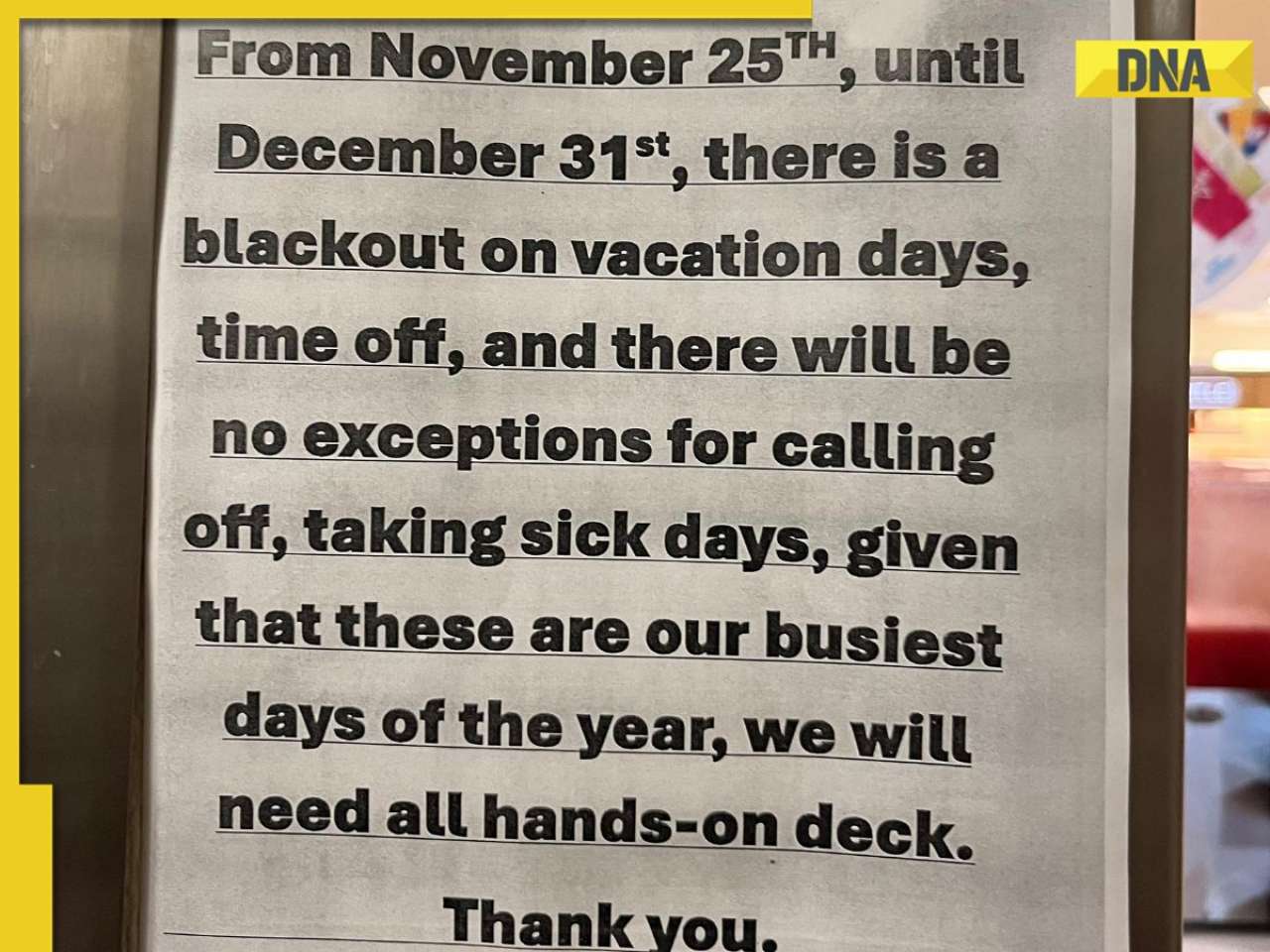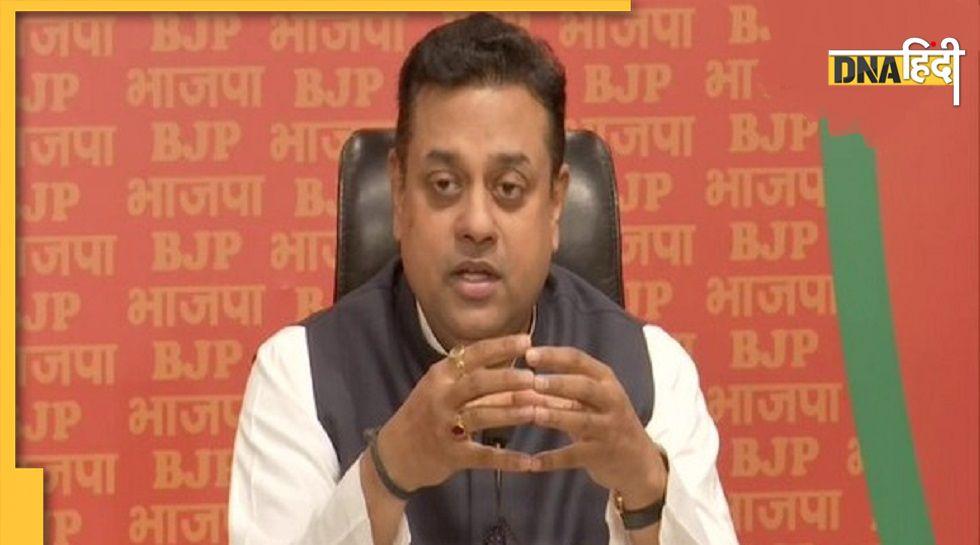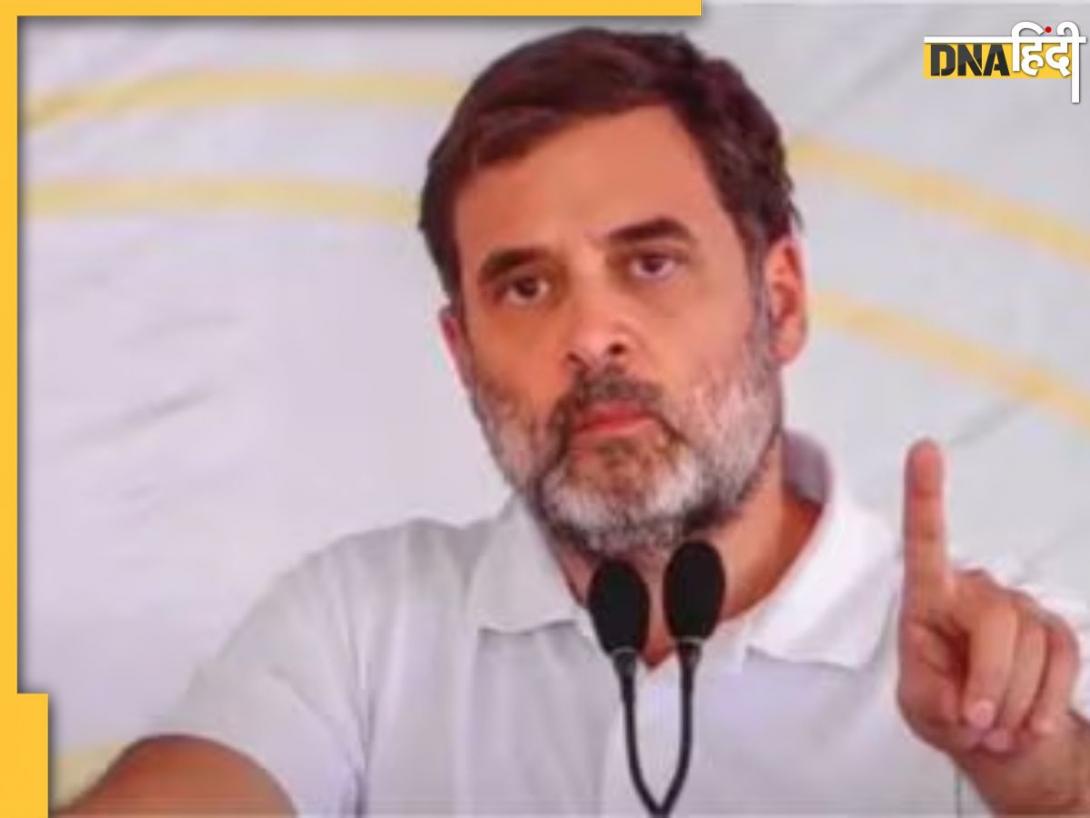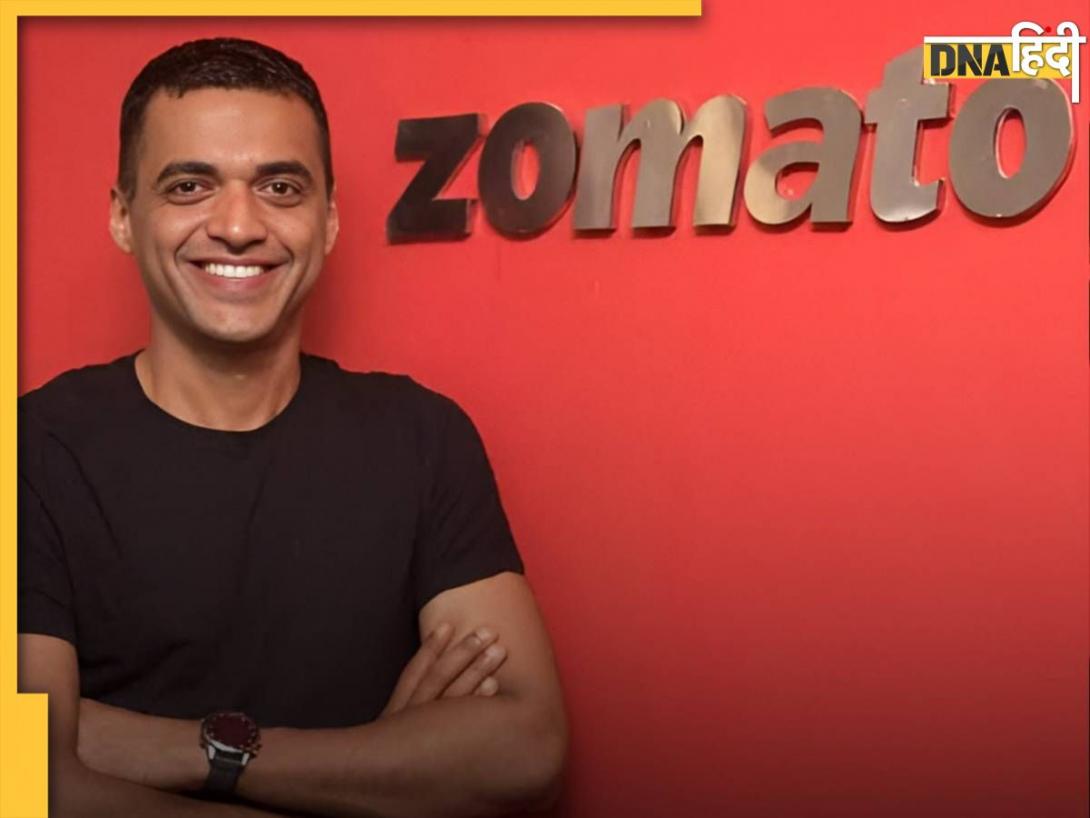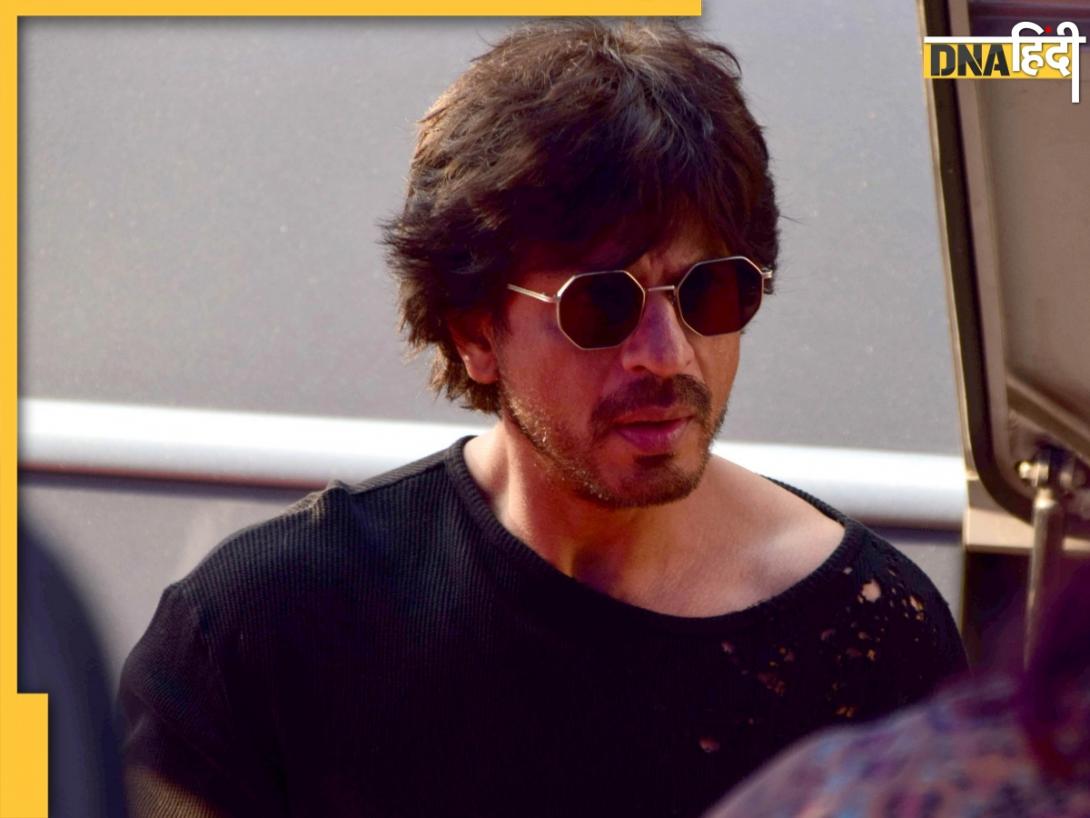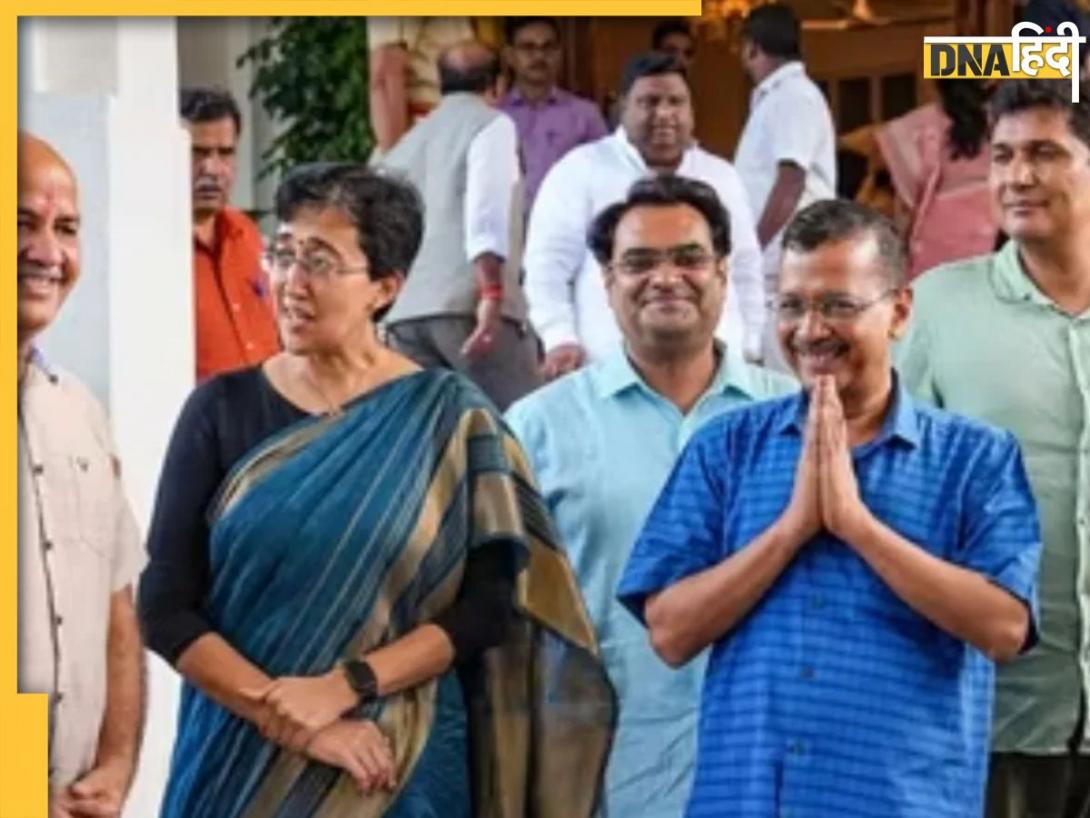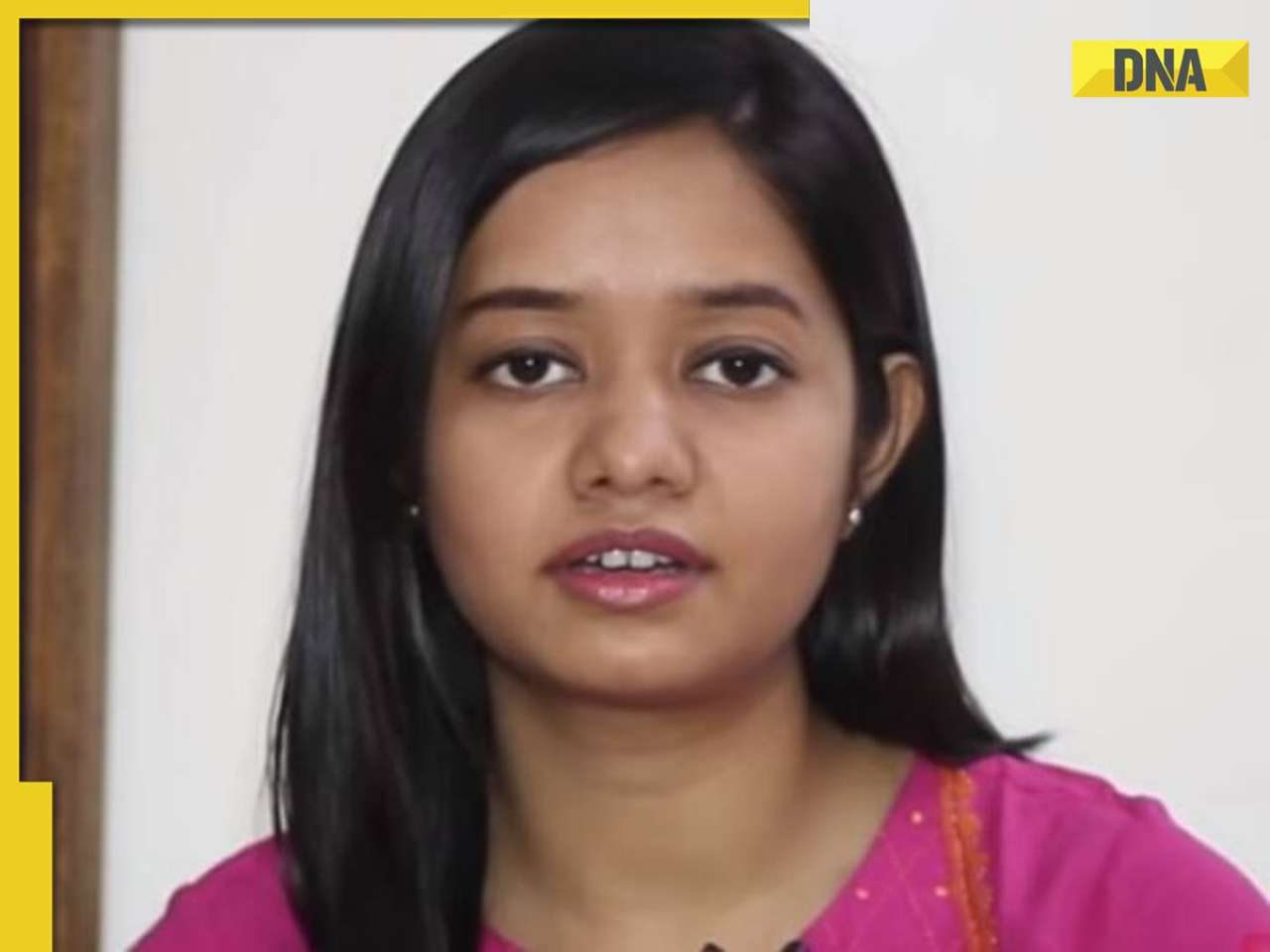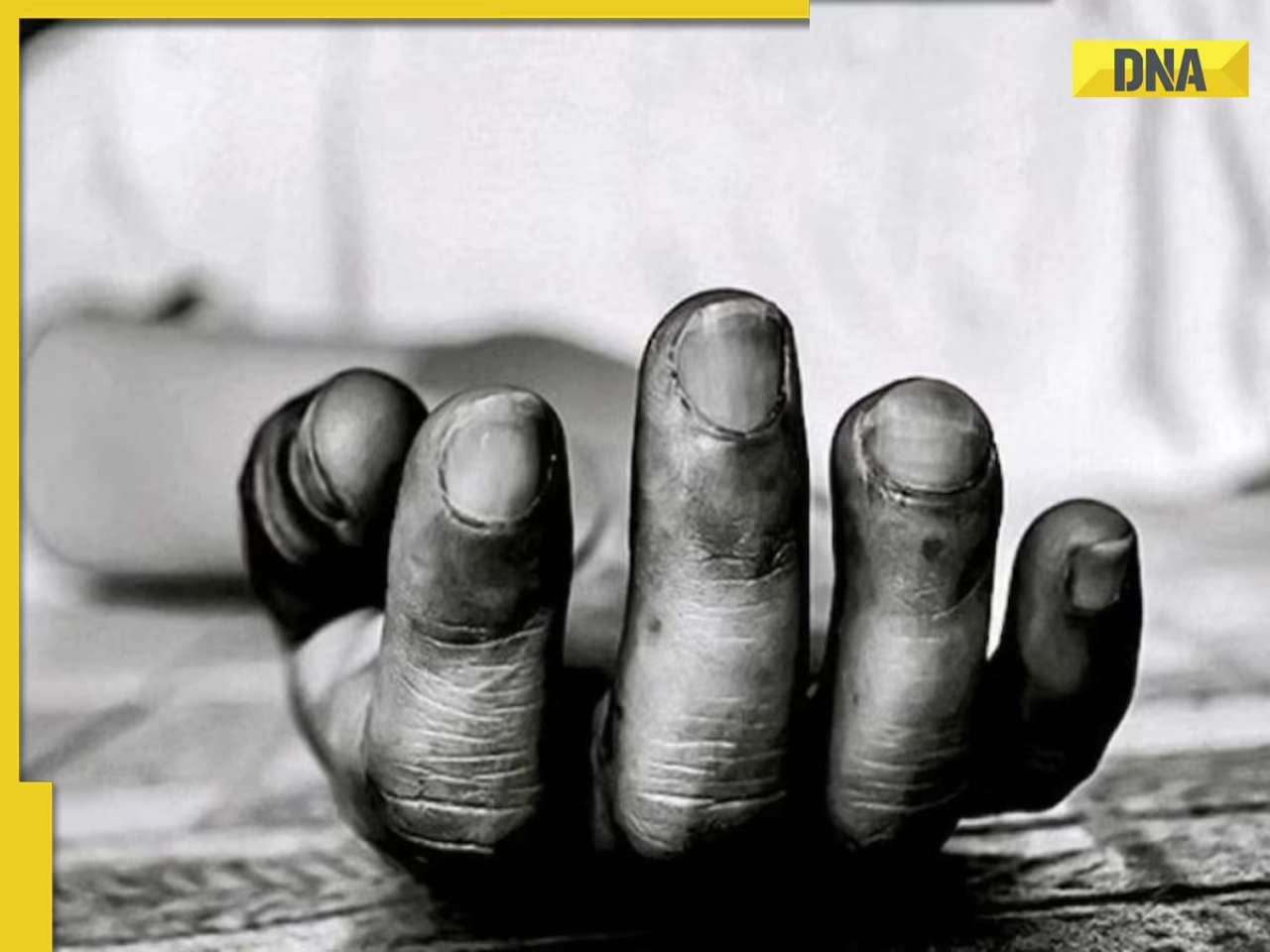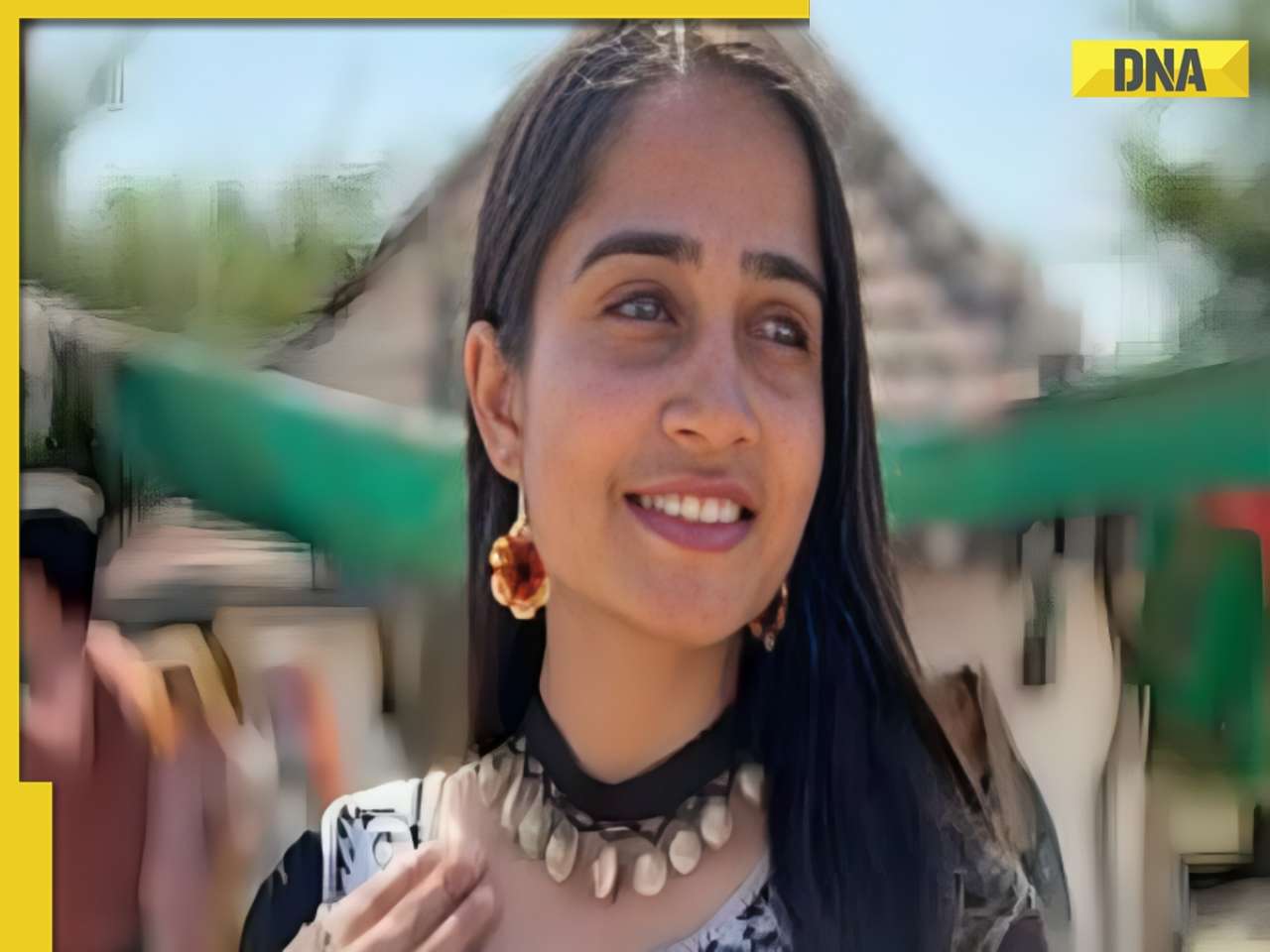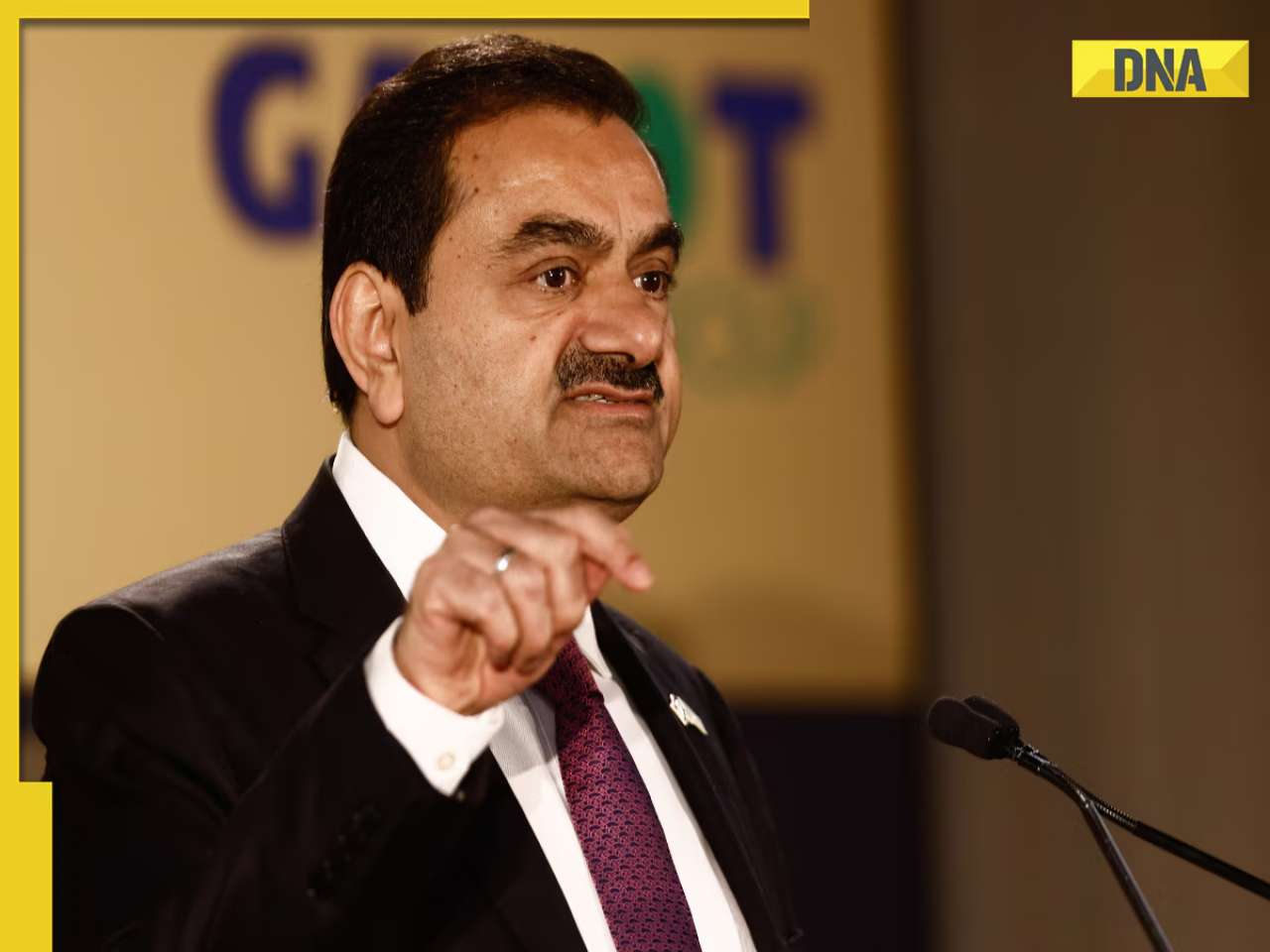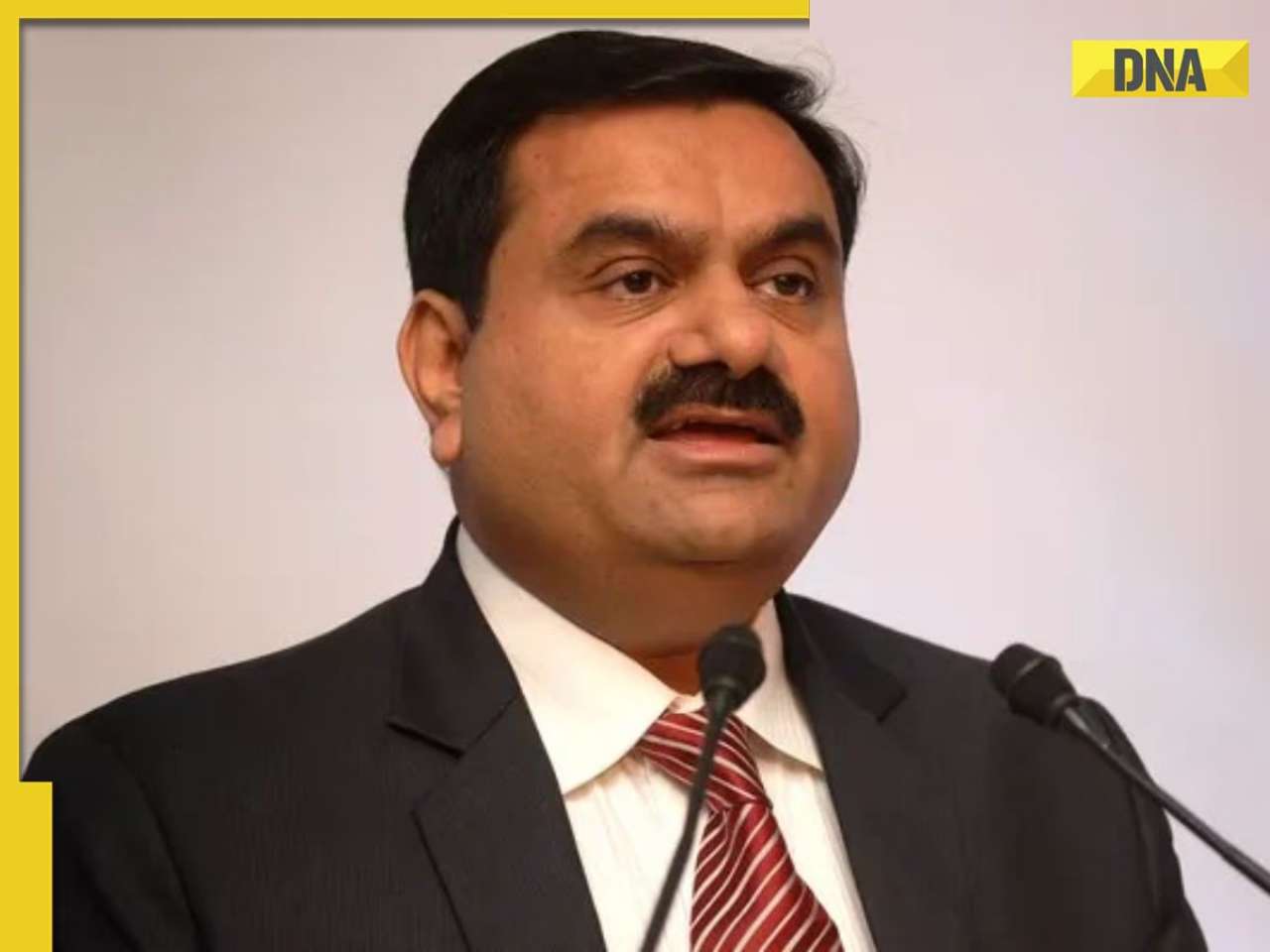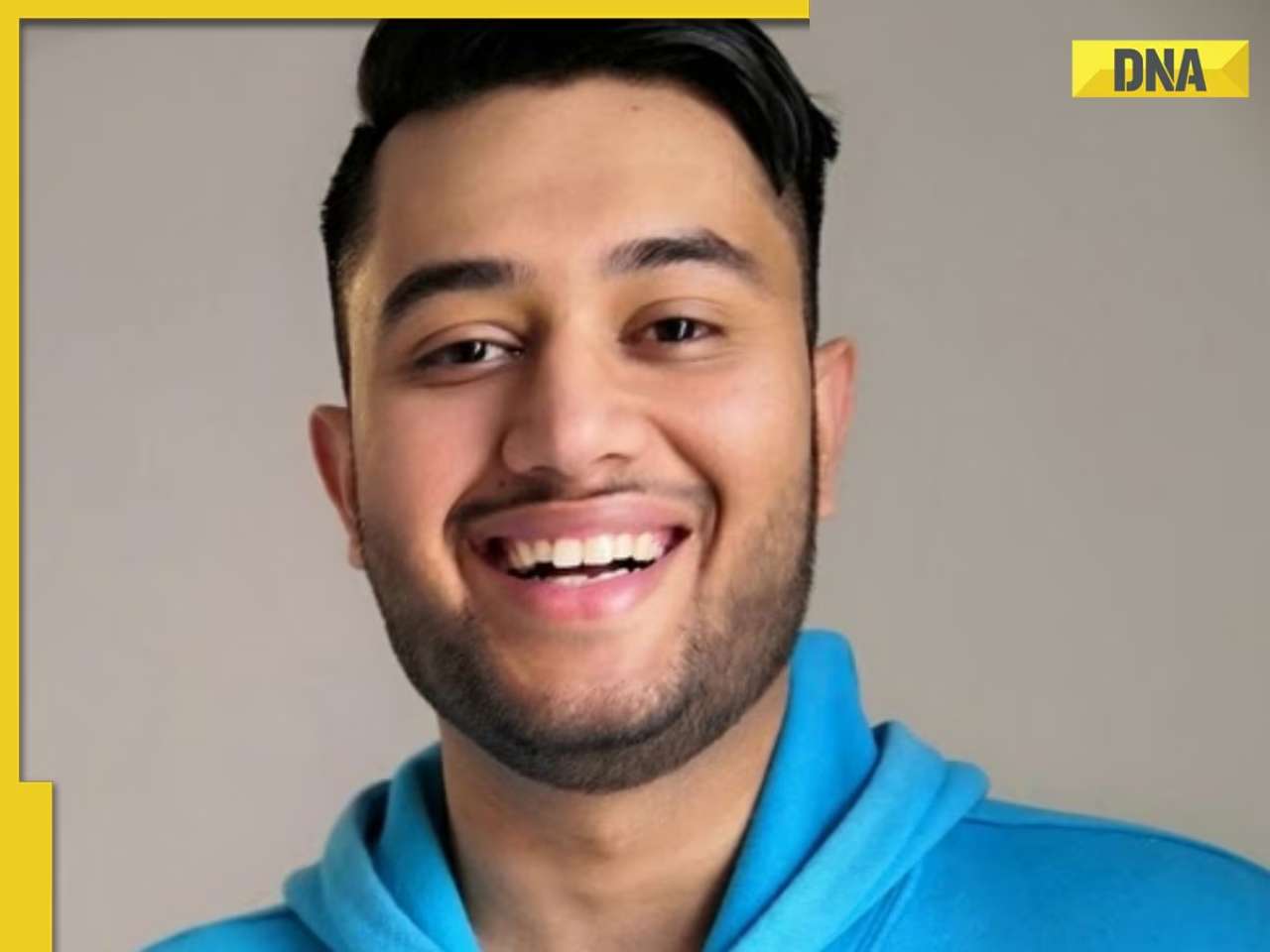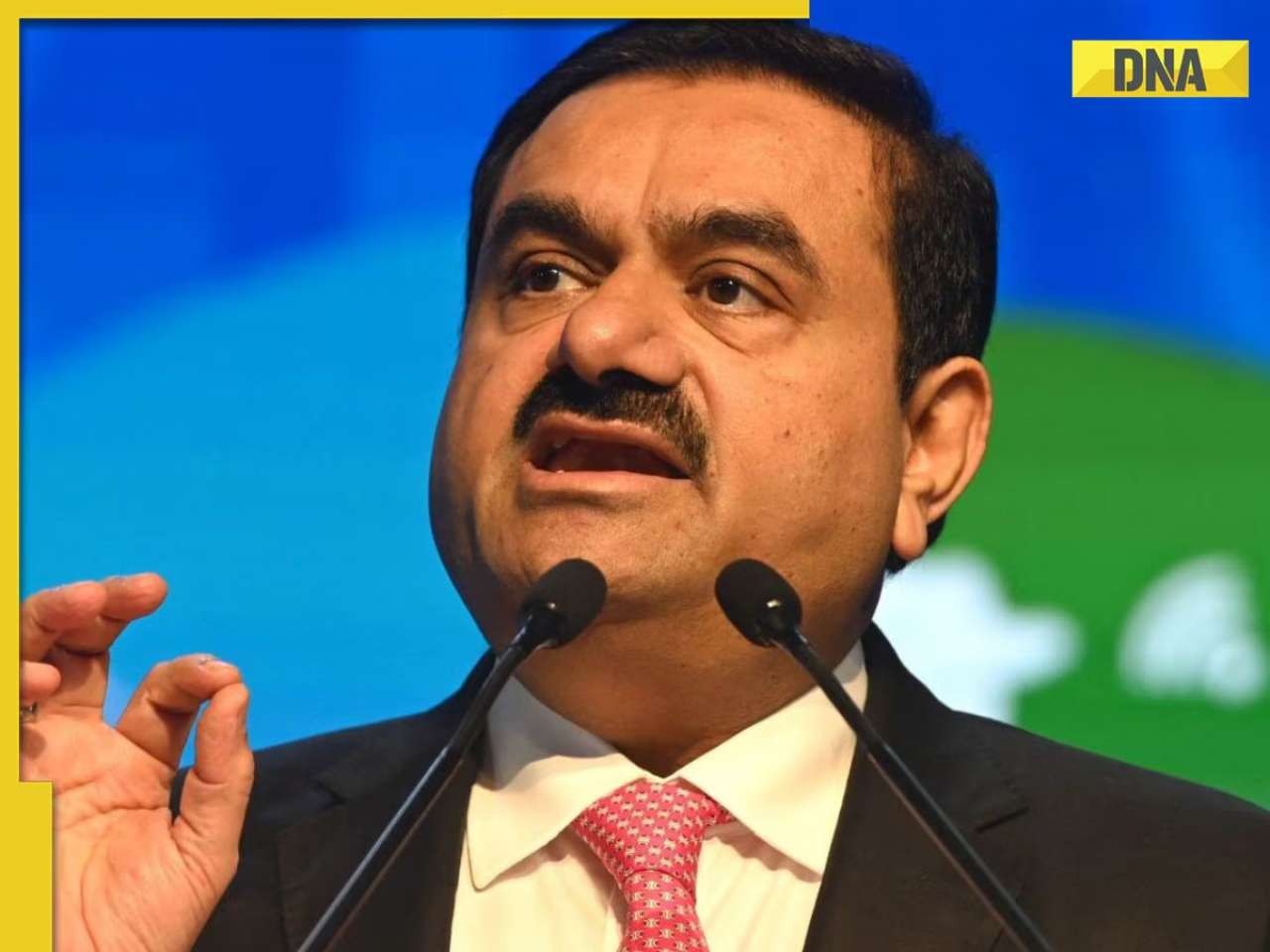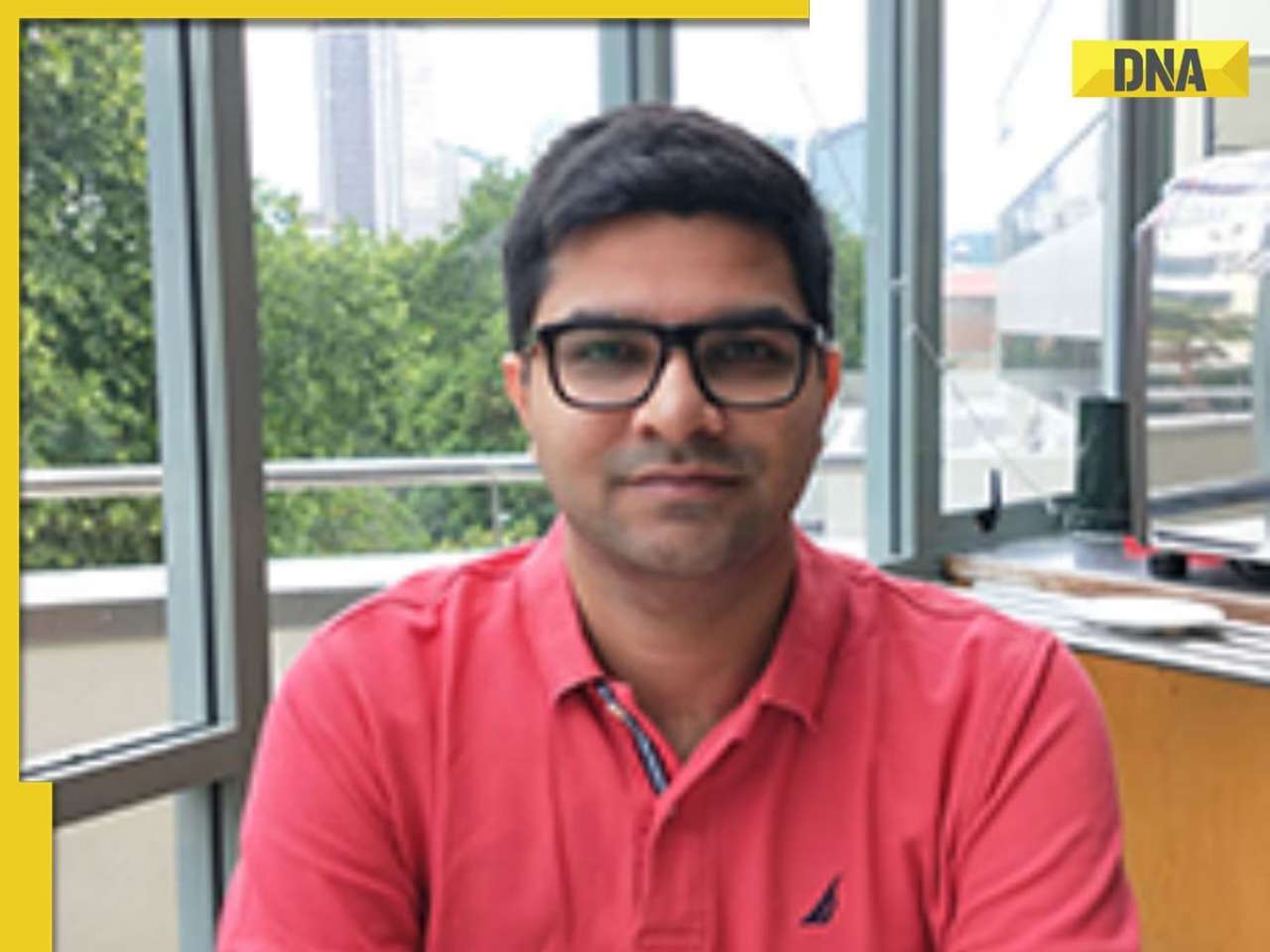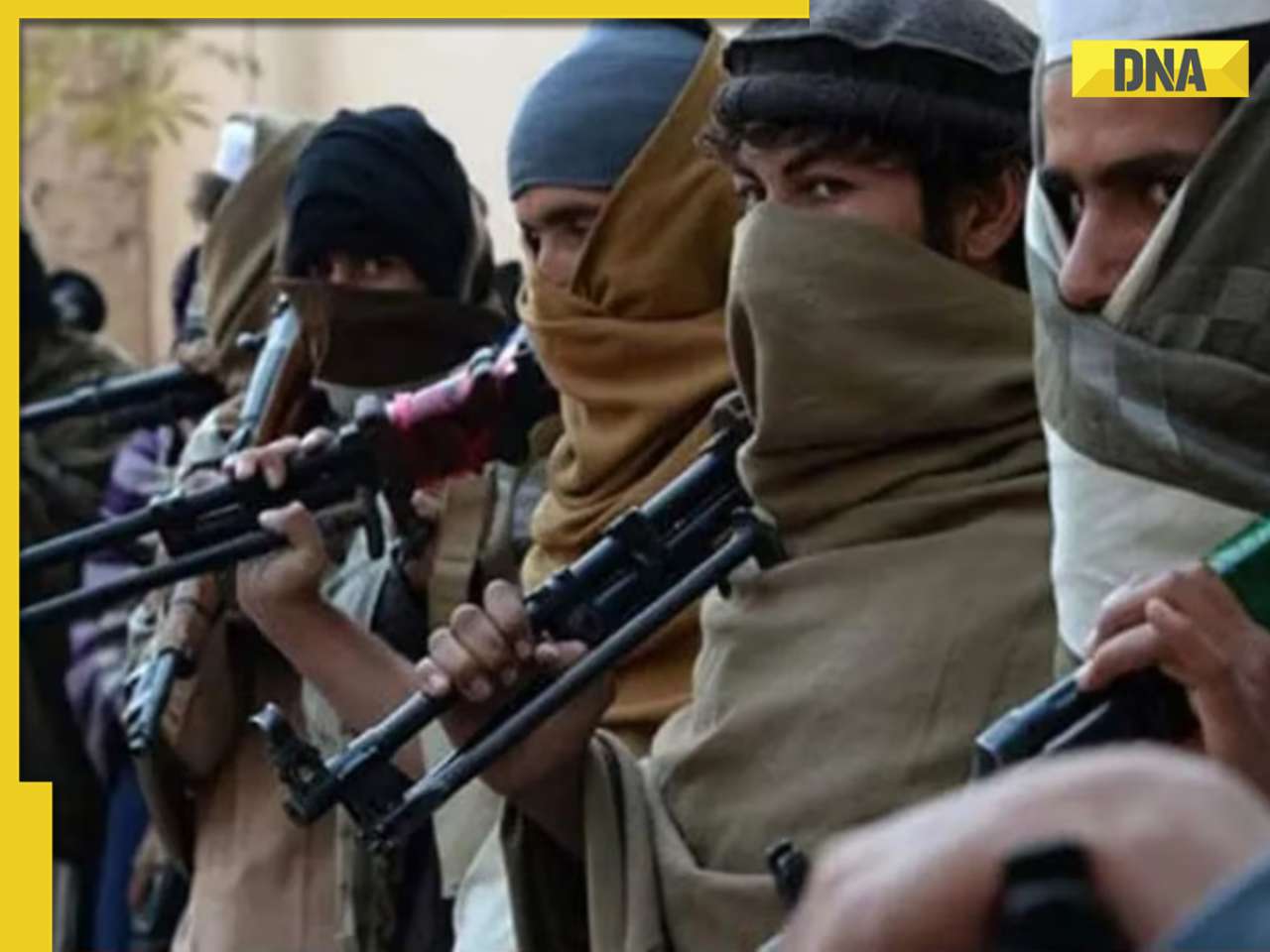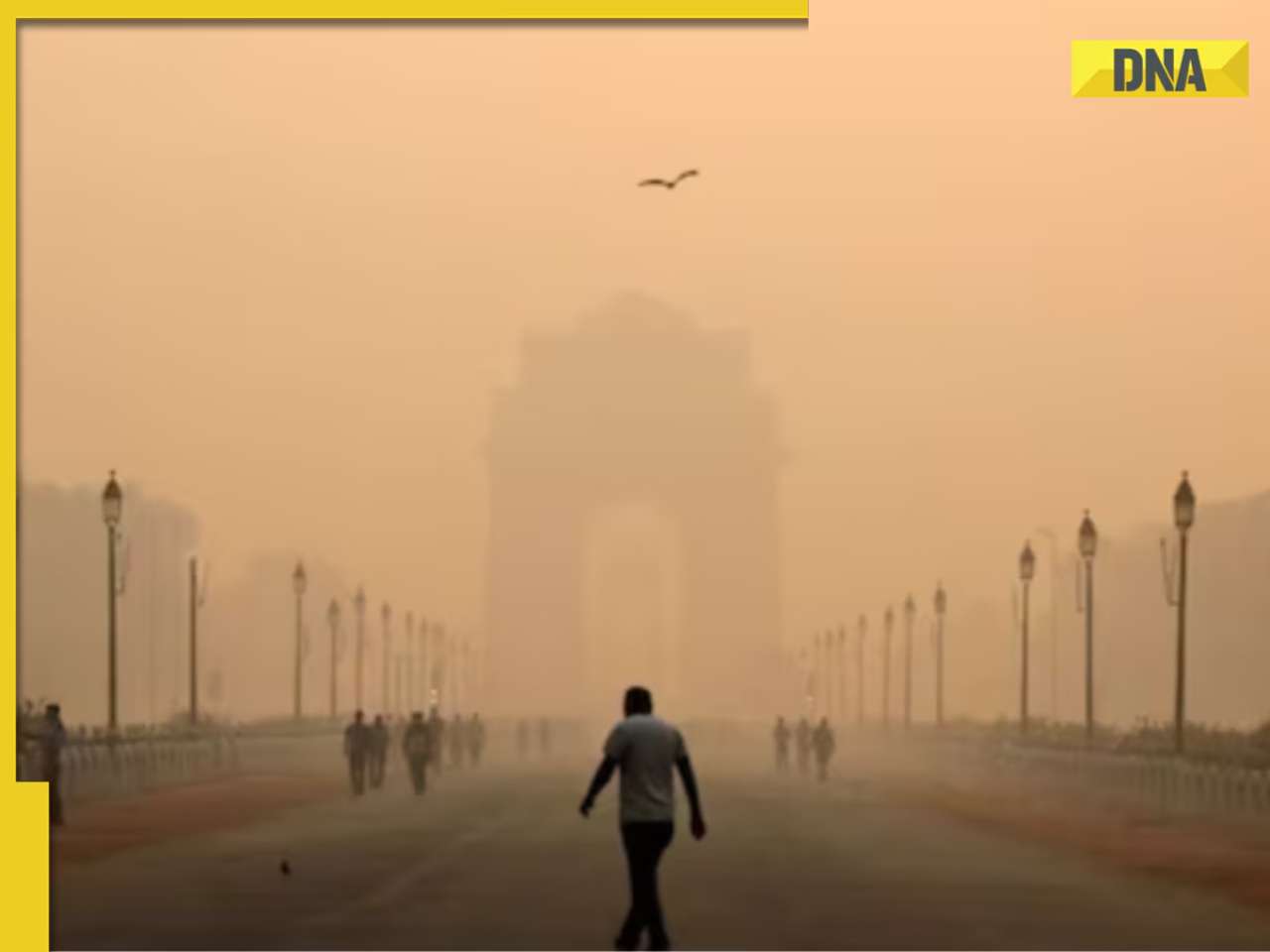- LATEST
- WEBSTORY
- TRENDING
ANALYSIS
Judicial dichotomy, EWS quota
The idea of reflective judiciary is being projected as measure to overcome and manage diversity
TRENDING NOW
The Constituent Assembly and numerous Supreme Court judgments have restated that economic criterion cannot be the sole basis for granting reservation.
In spite of that, the Modi government announced 10% quota for economically weaker section (EWS) through 103rd Constitutional Amendment Act. This political move has been confronted, but the apex court refused to grant an interim injunction on the EWS quota.
In a similar move, the Supreme Court refused to stay the Bombay High Court’s decision to uphold reservations for the Maratha community in educational institutions and jobs in public services in Maharashtra.
Apex Court’s denial to grant an interim injunction on EWS quota and the Maratha quota exhibits an abundant dichotomy in judicial policy while dealing with social justice.
Judicial discourse on reservation beginning 1950, focused on expanding formal equality as enshrined under Articles 15(1) and 29(2) and drastically confining the principle of substantive equality inherently embedded in Articles 14, 15, 16, 38, 46, 332, 335, 338 and 340.
This strategy was initially developed to pre-empt claims of proportionate representation in educational institutions on mythical grounds.
The first-ever attempt for reservation did not find favour with the Constitution bench composed of upper caste elite judges in Champakam Dorairajan case (1951) because it marginally restricted upper caste space by prescribing their percentage of representation and created some space for Bahujan students in the process.
This left no option for a determined Periyar and Babasaheb Ambedkar to claim the Bahujan space in educational institutions by convincing the Parliament to pass the First Constitutional Amendment, which enabled the State to make special provision for the representation of Bahujan class in educational institutions.
Despite this, constitutional courts deployed the ‘judicial policy of postponement of social justice’ to deny Bahujan representation both in educational institutions and state services.
The State of Mysore strived to make special provision for the advancement of the socially and educationally backward classes of citizens under Article 15 (4) of the Constitution since 1958, and every time it faced stiff resistance from the High Court of Mysore until it reached to the apex court in Balaji case.
The Supreme Court packed with elite and upper caste judges, underplayed the role of caste and carefully crafted the economic argument to prevent social and educational arguments from taking strong roots.
Interestingly, caste as a factor for determining backwardness was marginalised by unfairly assuming that the test of castes would be inapplicable to Muslims and Christians.
It also prevented the categorization of OBCs into Backward Class and More Backward Class by holding that such a categorisation is outside the scope of Article 15(4).
The strategic interpretation of the Balaji case was legitimised over the decades by courts, jurists, journalists and textbook writers.
For instance, the Supreme Court in Devadasan (1963) and Chitralekha (1964) reiterated the economic argument of Balaji with greater emphasis. Such reasoning was utilised by the constitutional courts to delay social justice so that the ruling class was able to develop neutralising strategies.
However, relentless social movements forced the Supreme Court to concede some space in the N M Thomas case (1975), but the higher judiciary’s unbending resistance continued.
A similar thread of thought runs through Indira Sawhney v. Union of India (1993), when the nine-judge bench, while upholding the 50% reservation in favour of backward class, stated that the very idea of reservation implies the selection of a less meritorious person and cost has to be paid if the constitutional promise of social justice is to be redeemed.
The Court cautioned that there are certain services and positions such as technical posts in research and development organisations/departments/institutions, in specialities and super specialities in medicine, engineering and other such courses in Physical Sciences and Mathematics, in defence and connected services, promotions where merit alone counts.
Later in Mohan Bir Singh Chawla v. Punjab University (1997), Sadhna Devi (Dr) v. State of U. P., (1997) and Dr PritiSagar Srivastava vs. State of M.P. (1997), the Court admonished that reservation in higher levels of education would be dangerous and belittle merit and excellence.
However, surprisingly, the Supreme Court appeared to be more generous when it comes to upper caste issues. Apex court declined to grant a stay on the Centre’s decision to grant 10% reservation to economically weaker sections in the general category in jobs and educational institutions.
But it had stayed the central government’s policy to introduce 27% reservation for the OBCs in central educational institutions for one year before it upheld its constitutionality. Even in the Indira Sawhney case, the Supreme Court granted an interim stay at the time of admission.
Constitutional court’s dubious approach was also seen in the Maratha reservation policy, which came under the spotlight when the poll-bound Devendra Fadnavis-led government enacted a law to grant 16% reservation for the Maratha community.
The Bombay High Court upheld the law, in spite of the fact that the state’s reservation quota exceeded 60%. Introduction of 13-point roster and dilution of SC, ST Atrocities Act by the higher judiciary further indicates the perpetuity of such alignment.
To overcome the difficulties created by the judiciary, the Parliament has from time to time, brought amendments in the Constitution, but how to overcome this persistent judicial resistance has become a moot question.
The idea of the reflective judiciary is being projected as one of the measures to overcome this problem and manage diversity. The social construction of judicial power is a delicate and complex issue, but the government will have to conceive a scheme to not only enhance the quality of justice administered by the courts but also to restore greater faith of all sections of the society in the judiciary.
Author is registrar, National Law University, Odisha
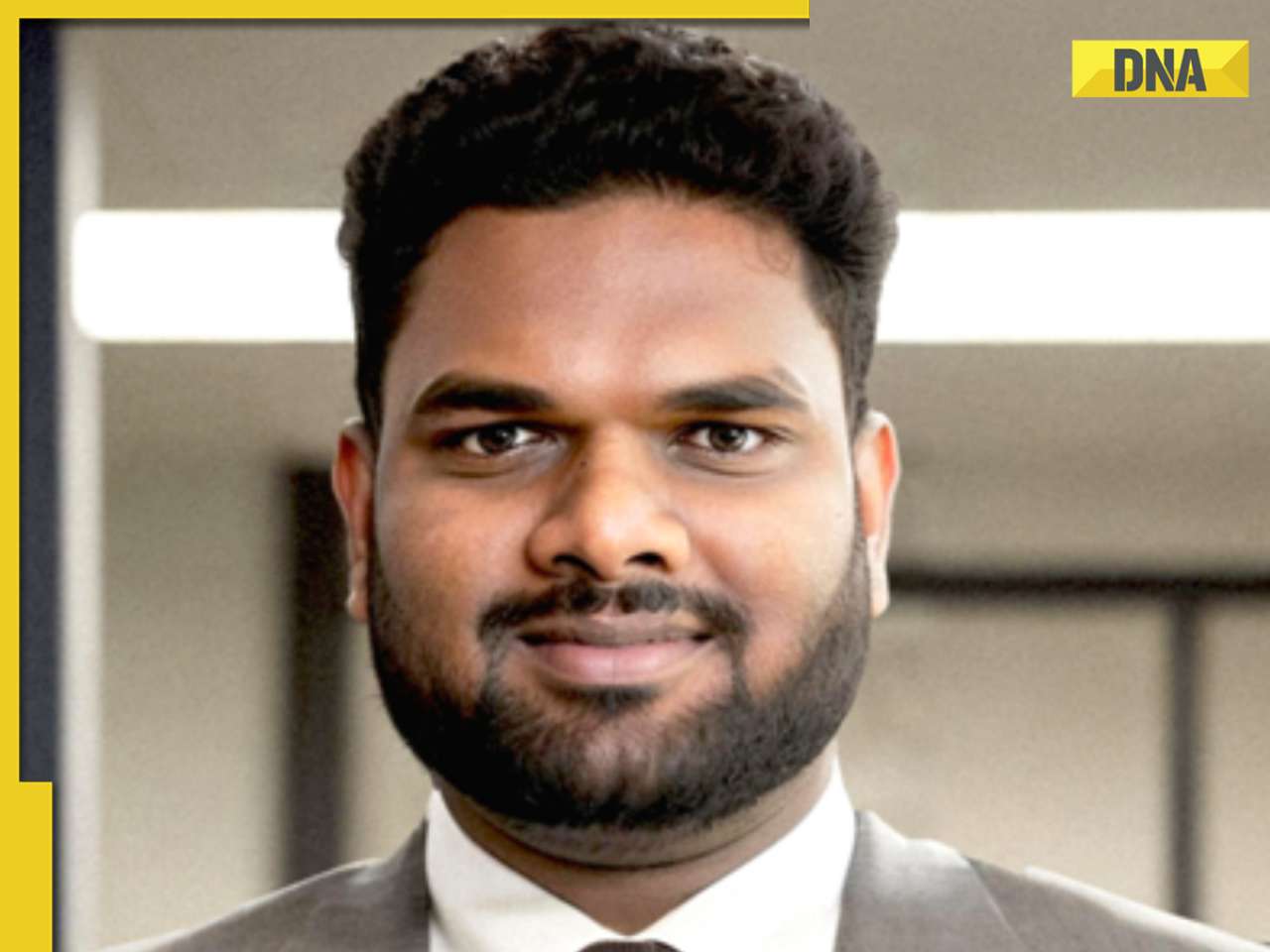
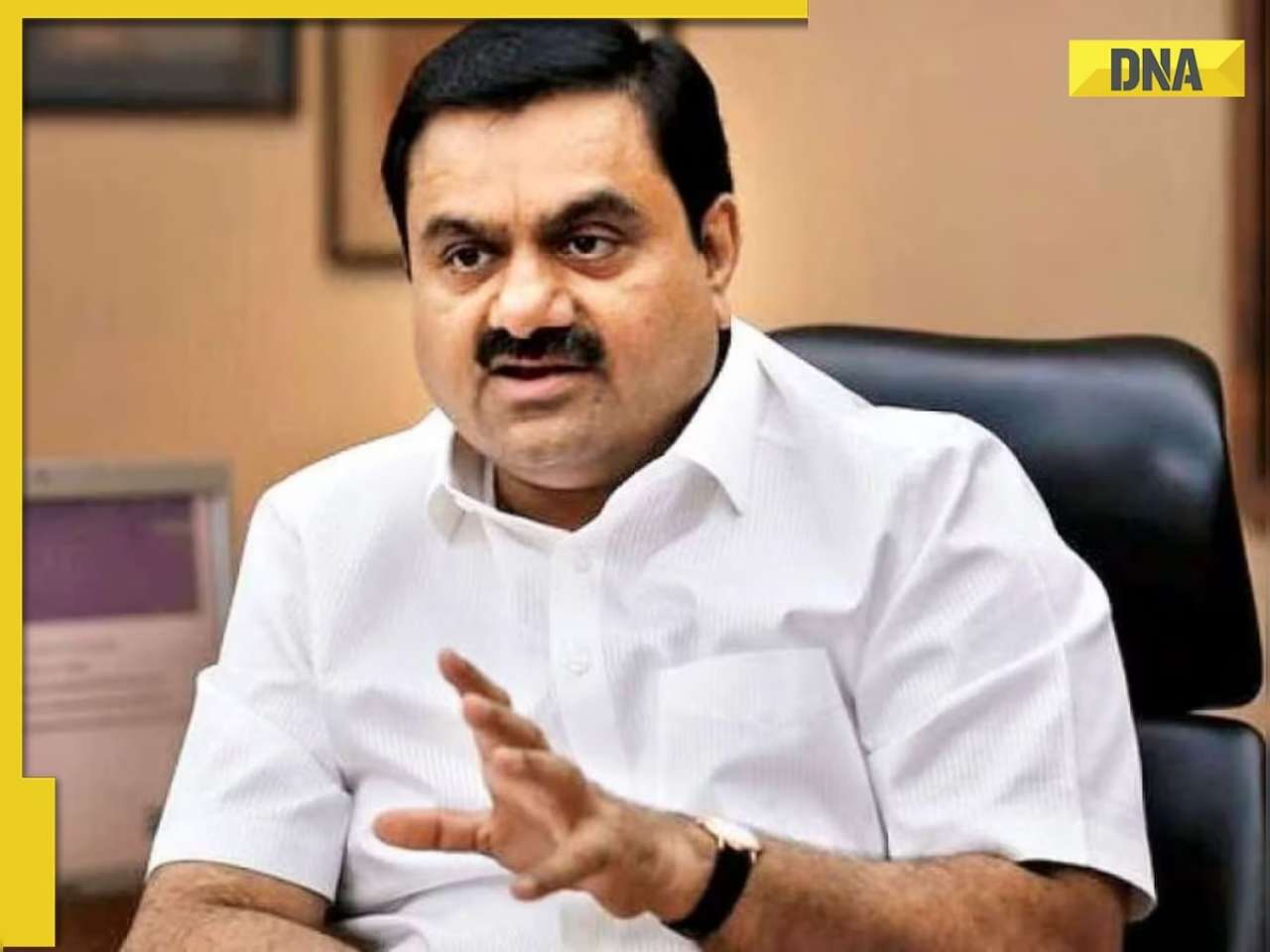
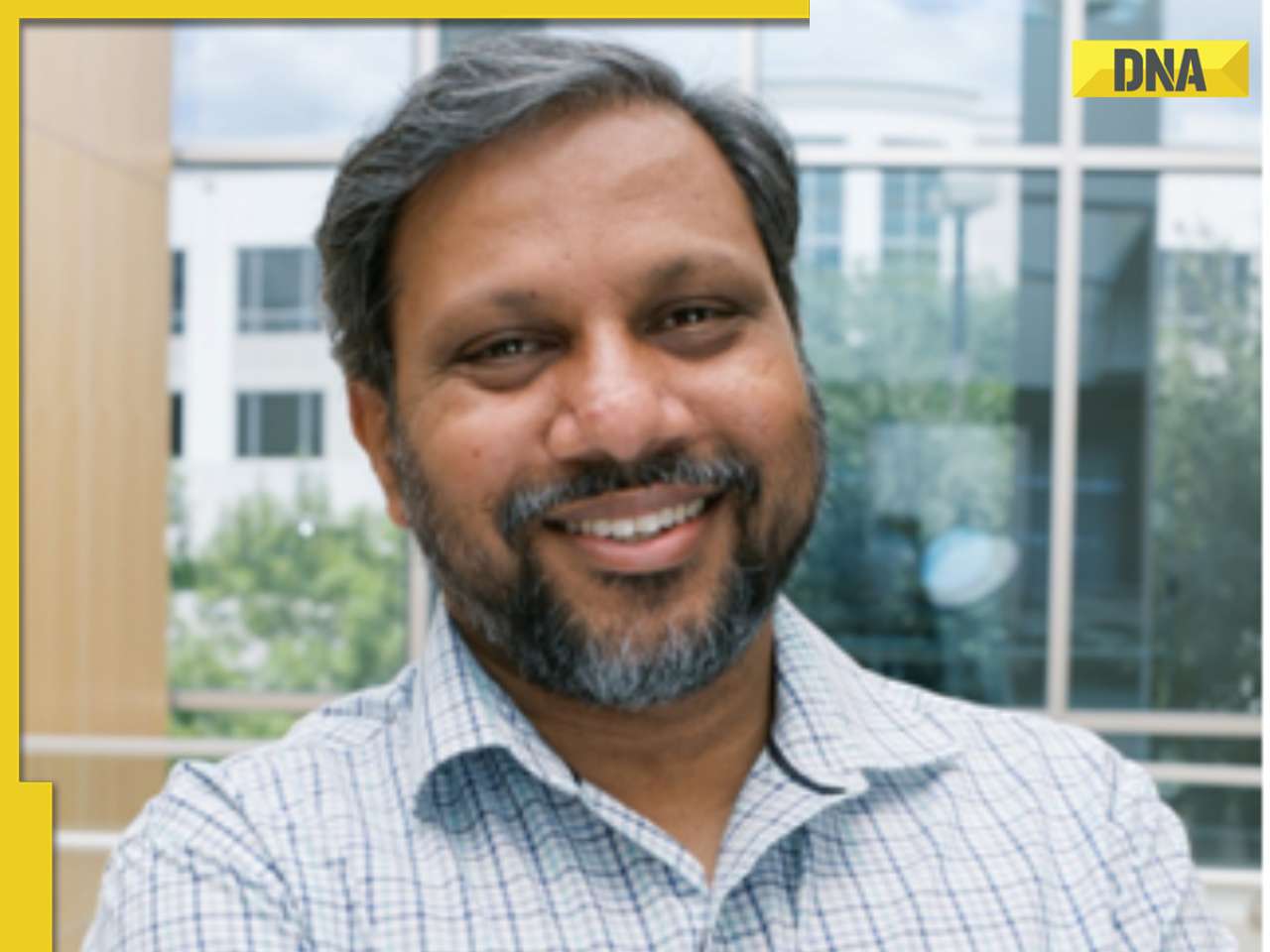
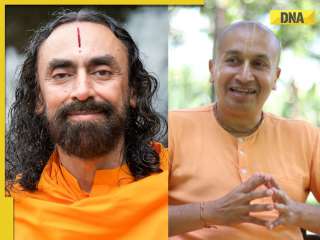



)
)
)
)
)
)
)
)
)
)
)
)
)
)
)
)







